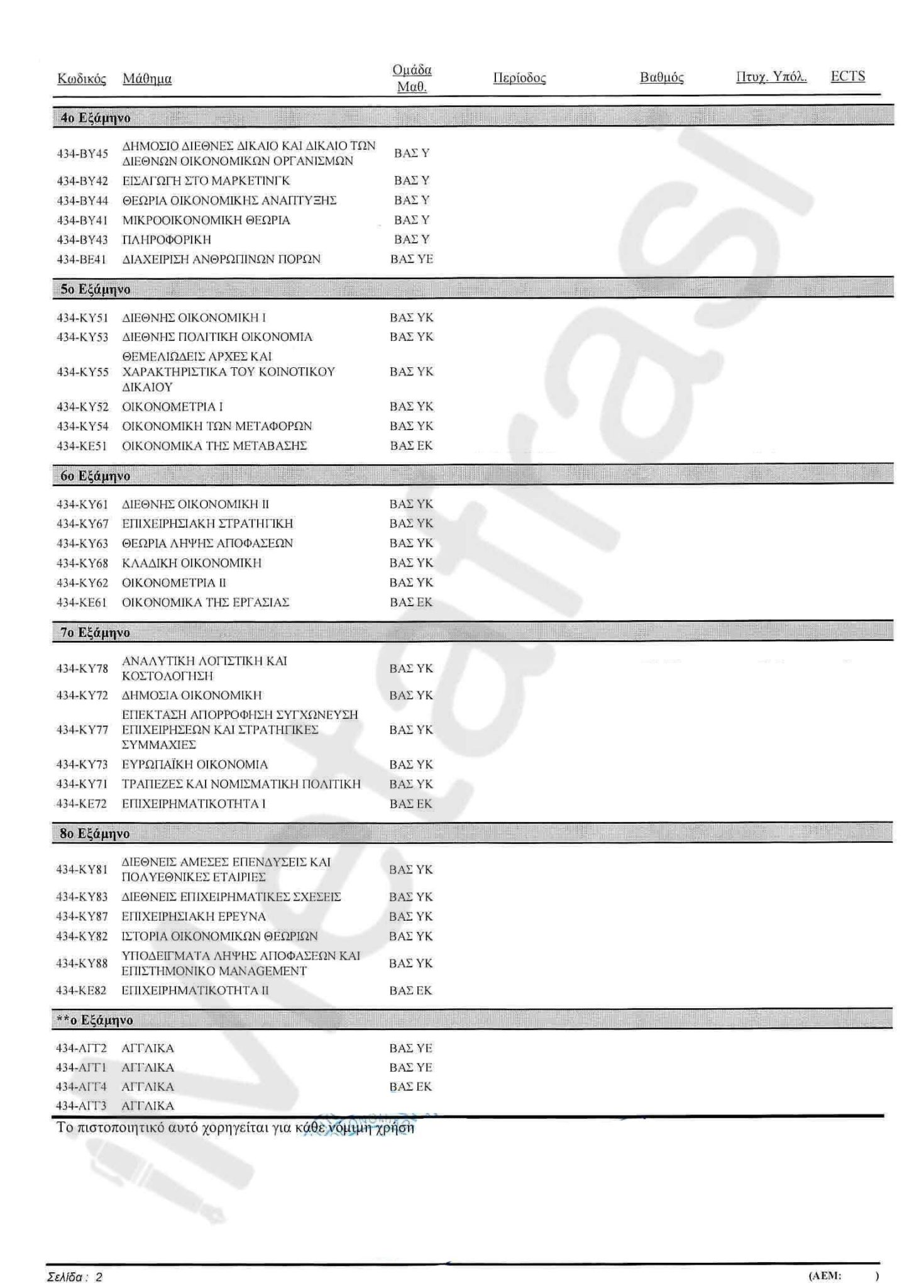Buy-and-Hold Investing: The Long Game's Harsh Truths

Table of Contents
The Illusion of Effortless Returns
Buy-and-hold investing, while seemingly simple, doesn't guarantee effortless riches. Understanding its limitations is crucial for realistic expectations and successful long-term wealth building.
Market Volatility and Drawdowns
Buy-and-hold doesn't eliminate risk; it simply requires you to endure it. Market corrections and bear markets are inevitable parts of the investment cycle. These periods can see significant drops in portfolio value, testing even the most seasoned investor's resolve.
- Illustrative Example: The 2008 financial crisis saw a dramatic market downturn, with the S&P 500 losing over 50% of its value. Buy-and-hold investors who weathered this storm ultimately recovered, but only after enduring substantial losses and significant emotional stress.
- Emotional Resilience: Maintaining a strong risk tolerance and emotional discipline during market dips is paramount. Fear can lead to impulsive decisions, like selling at the bottom, which can severely impact long-term returns. A well-defined investment plan and a clear understanding of your risk tolerance are essential.
Time Horizon is Crucial, but Not a Guarantee
The adage "time in the market beats timing the market" holds true, but it doesn't guarantee profits. The length of your investment horizon significantly influences your potential returns, but market conditions at the start of your investment journey play a crucial role.
- Market Entry Point: Starting your investments at a market peak can significantly impact your initial returns, delaying the time it takes to recoup losses and potentially affecting your overall long-term gains. Dollar-cost averaging can help mitigate this risk.
- Diversification's Importance: Even with a long-term buy-and-hold strategy, diversification across different asset classes (stocks, bonds, real estate, etc.) is critical to mitigate risk and enhance the potential for consistent growth.
The Hidden Costs of Buy-and-Hold
While buy-and-hold simplifies investment management, it's essential to be aware of its less obvious costs.
Opportunity Costs
The capital tied up in a buy-and-hold portfolio might miss out on potentially higher returns available through other investment strategies. This represents a significant opportunity cost.
- Alternative Strategies: Active investing, where you regularly buy and sell assets based on market analysis, or alternative investments like private equity or hedge funds, might offer higher returns but come with increased risk and management complexities.
- Active vs. Passive Management: The decision between actively managing your portfolio versus a passive buy-and-hold approach depends on your risk tolerance, financial expertise, and time commitment.
Tax Implications
Long-term capital gains taxes can significantly eat into your overall returns from buy-and-hold investing. Tax efficiency is a crucial consideration.
- Tax Implications of Long-Term vs. Short-Term Gains: Long-term capital gains (assets held for over one year) are typically taxed at lower rates than short-term gains. However, even with lower rates, taxes still reduce your net returns.
- Tax Minimization Strategies: Tax-loss harvesting and strategic asset allocation can help mitigate the tax burden on long-term investments, making your buy-and-hold strategy more efficient.
Maintaining Discipline in the Face of Uncertainty
Buy-and-hold investing demands unwavering discipline, particularly during market downturns. It's a test of both your financial knowledge and emotional resilience.
The Psychological Toll
Market volatility can trigger fear and doubt, potentially leading to impulsive decisions that undermine your long-term strategy. Maintaining a disciplined approach requires a strong psychological foundation.
- The Importance of a Solid Investment Plan: Having a well-defined investment plan with clear goals and risk tolerance helps you stay the course during market fluctuations. This plan should be reviewed regularly and adjusted as needed.
- Addressing Psychological Biases: Understanding and mitigating common psychological biases (like loss aversion or herd behavior) is critical to avoiding emotional decision-making.
The Need for Regular Review and Adjustment
While buy-and-hold emphasizes a passive approach, completely ignoring your portfolio isn't advisable. Regular review and adjustment are essential.
- Portfolio Rebalancing: Periodically rebalancing your portfolio to maintain your desired asset allocation can help optimize risk and returns.
- Adapting to Change: Life circumstances and market conditions can change, requiring adjustments to your asset allocation and investment strategy. Regular review allows for necessary adaptations to keep your buy-and-hold strategy aligned with your evolving needs.
Conclusion
Buy-and-hold investing, while often presented as a simple solution, requires a deep understanding of market dynamics, risk tolerance, and a strong commitment to long-term discipline. While it offers potential for significant long-term growth, it’s not without its challenges. Understanding the harsh truths outlined above empowers you to make informed decisions about whether buy-and-hold investing aligns with your financial goals and risk profile. Before embarking on a buy-and-hold strategy, carefully weigh the potential benefits against the inherent risks and consider seeking professional financial advice to tailor a strategy suited to your individual circumstances. Remember, successful long-term investing requires more than just a buy-and-hold approach; it demands informed choices and continuous monitoring. Make informed decisions about your buy-and-hold investing strategy today.

Featured Posts
-
 300 Podiumov Mercedes Analiz Dostizheniy Pilotov
May 25, 2025
300 Podiumov Mercedes Analiz Dostizheniy Pilotov
May 25, 2025 -
 Atletico Madrid Sevilla Yi 2 1 Yendi Mac Oezeti Ve Analizi
May 25, 2025
Atletico Madrid Sevilla Yi 2 1 Yendi Mac Oezeti Ve Analizi
May 25, 2025 -
 Buy And Hold Investing The Long Games Harsh Truths
May 25, 2025
Buy And Hold Investing The Long Games Harsh Truths
May 25, 2025 -
 Sixth Century Vessel Unearthed At Sutton Hoo Analyzing Its Use In Cremation Burials
May 25, 2025
Sixth Century Vessel Unearthed At Sutton Hoo Analyzing Its Use In Cremation Burials
May 25, 2025 -
 Porsche Macan Ev Fyrsta Rafmagnsutgafan Kynnt
May 25, 2025
Porsche Macan Ev Fyrsta Rafmagnsutgafan Kynnt
May 25, 2025
Latest Posts
-
 Luksuzni Zivot Penzionera Vile Bogatstvo I Zavidne Price
May 25, 2025
Luksuzni Zivot Penzionera Vile Bogatstvo I Zavidne Price
May 25, 2025 -
 La Fugida D Albert De Monaco Amb Una Coneguda Actriu
May 25, 2025
La Fugida D Albert De Monaco Amb Una Coneguda Actriu
May 25, 2025 -
 Penzionerski Raj Kako Neki Penzioneri Zive U Luksuzu
May 25, 2025
Penzionerski Raj Kako Neki Penzioneri Zive U Luksuzu
May 25, 2025 -
 Albert De Monaco Nova Relacio Lluny De Charlene
May 25, 2025
Albert De Monaco Nova Relacio Lluny De Charlene
May 25, 2025 -
 Euroleague Analytiki Vathmologia Meta To Parisi Monako
May 25, 2025
Euroleague Analytiki Vathmologia Meta To Parisi Monako
May 25, 2025
